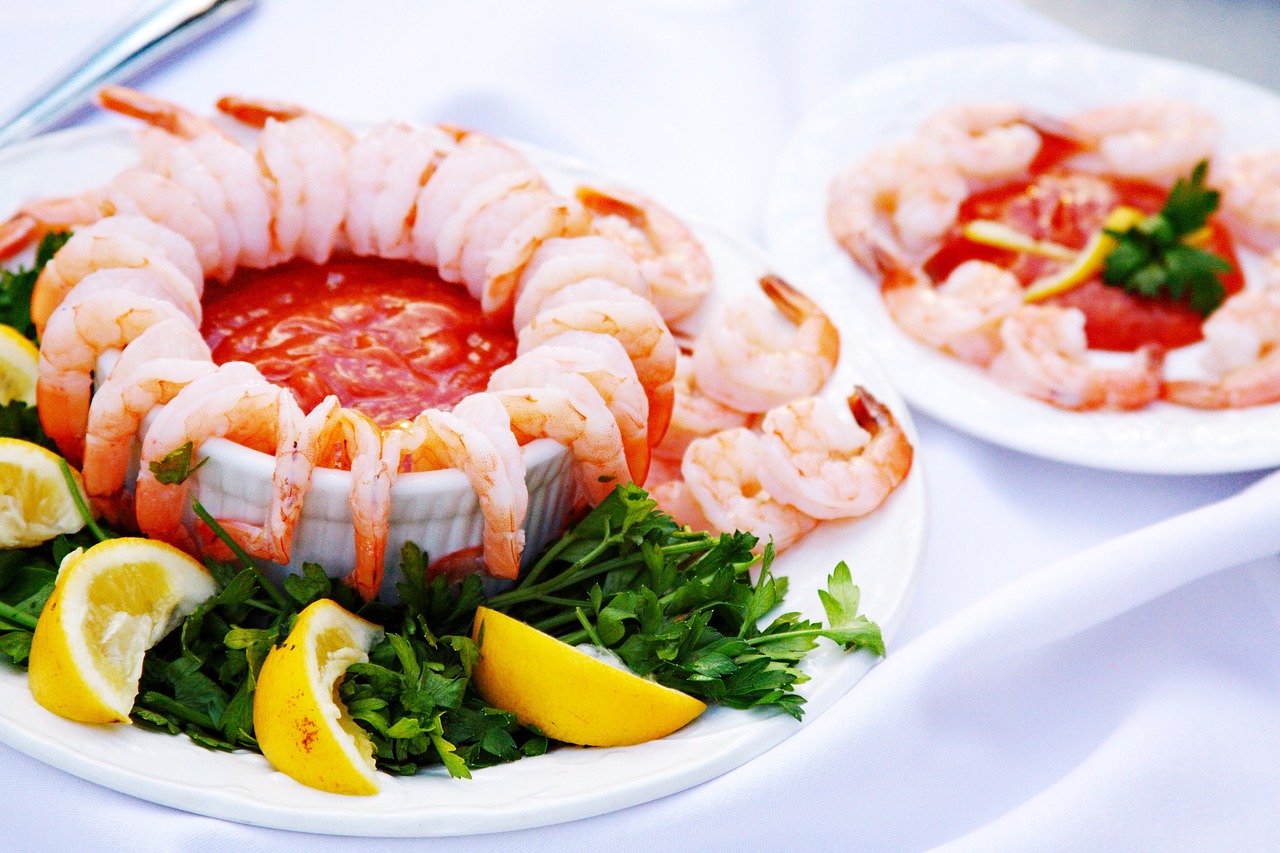
Our Number One Pick:
Frogmore Shrimp Cleaner
- It proved to more reliably devein and peel shrimp in one pass
- The construction quality was superior to lesser priced yet similar tools
- It did both deveining and peeling simultaneously as opposed to most options that only did one or the other
- It works equally well on larger and smaller sized shrimp
This relatively simple tool is made mostly of stainless steel and has a recycled plastic handle for better gripping. Competitors tools are 100% plastic and while they typically aren’t necessarily prone to failure they are far more susceptible to breakage at their tips. The Frogmore Shrimp Cleaner will last for a generation easily due to its stainless steel construction.
The blade does a fine job deveining as the shrimp is being peeled. This execution of this dual-action design really sets it apart from the majority of the competition. The fact that it can do this more reliably than the other options on the market places it squarely in the number one spot for best peeler and deveiner.
Runner Up:
SCI Cuisine Red Shrimp Deveiner
The SCI Cuisine Red Shrimp Deveiner and Cleaner comes in second place. It has a huge volume of reviews on Amazon, mostly glowing about how well it worked. It made runner up for:
- Low cost
- Simple and effective design
- High user praise
It comes in behind the Frogmore Shrimp Cleaner for the following reasons:
- Some users complained about the tip breaking
- It was not as effective at deveining as the Frogmore
Worth Considering:
The Shrimp Butler
The Shrimp Butler is a unique solution to the shrimp cleaning problem. It’s probably not the best deveiner and peeler for most however. The Shrimp Butler is less tool and more machine. It works by inserting a shrimp into a chute in the top of the device and a hand crank ejects out a sliced shrimp with an easy-to-remove vein and shell. This device requires a great deal of patience to perfect however and it will prove less consistent than the others. It may be more manageable to some though despite the somewhat less optimal performance.
The Shrimp Butler is worth considering because:
- It can greatly speed up the deveining and peeling process
- It can be preferable to use versus handling shrimp individually and essentially running them through with a deveining tool
The Shrimp Butler may not be a good choice because:
- Some shrimp may be too big or too small to work with it
- It requires the shrimp to be placed in the device in a certain way to work properly
- It’s difficult to master
- Expensive
If the more traditional shrimp deveining and peeling tools don’t seem like an ideal solution and you have the patience to try to perfect the Shrimp Butler you may want to give it a try.
Additional Information:
Things To Keep In Mind
Is it really necessary to devein shrimp?
No, it’s not necessary but it is preferred. The “vein” we’re referring to is the digestive tract of the shrimp. What this means is that anything in this “vein” is partially digested food – also known as poop. It won’t hurt you to not devein your shrimp but it could alter the flavor of the shrimp in an unflattering way. Also, the waste in the vein could make the shrimp feel gritty while eating.
Can you buy fresh shrimp already peeled and deveined?
You certainly can, although they won’t be cheap and they’ll be fairly beat up looking typically. You’re much better off at least going for the EZ Peel option. These are devained and simply need to have the shells removed. Shells can be kept and used to make shrimp stock as a bonus.
Should you buy fresh or frozen shrimp?
Most shrimp sold was frozen before it even left the shrimp boat. Most of the time you see “fresh” unfrozen shrimp it’s been thawed for display. It’s a safer bet to buy frozen and thaw it yourself just before you’re ready to cook it.
If you have the opportunity to choose between a frozen block of shrimp or individually frozen shrimp go for the individually frozen since you’ll be able to thaw just what you need when you need it. Plus they will look more presentable than those that are block frozen.
To thaw your shrimp, place in a colander and run cool water over them. After just a few minutes they should be thawed. You should then dry them prior to cooking.
If you end up buying fresh non-frozen shrimp you’ll want to give them the ole sniff test. Shrimp go bad quickly so if they smell even slightly off it would be advisable to pass on them. You can also tell if shrimp are past their prime if they’re slightly slimy or not still firm.



